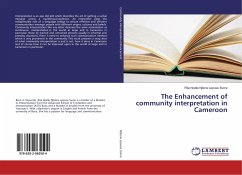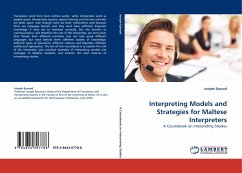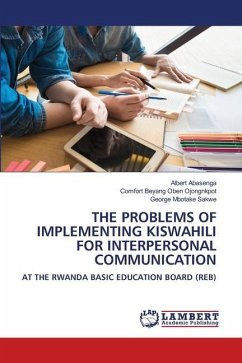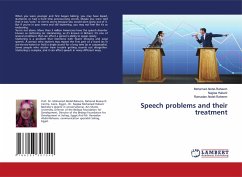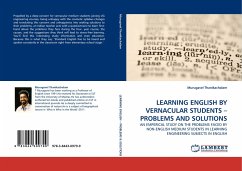The purpose of the present paper is to identify the problems that Japanese interpreting students may encounter and to establish causes for them in the expectation that they may help devise a method that should ideally be incorporated in a training program. For this purpose, nine participants who were interpreting students were asked to consecutively interpret four different English texts. It was discovered that the participants had a tendency for omissions of interpreting, and omissions occurred when the participants encountered an unknown word, an unfamiliar word, and a problem in speech perception. Also omissions were observed in the parts where the participants interpreted texts at a "word-for-word" level or literal interpretations were not suitable. These parts required the participants to take longer time to interpret. Therefore, the participants failed to listen to the following word or sentence, causing further omissions of interpreting and distorting the meaning of original texts. In order to reduce such omissions, it is necessary for students to acquire "top-down" processing of comprehension.


